Radiation poisoning data come out of metropolitan area soil 08/08/2011 civic group (radioactivity defense project)150 places.
The radiation poisoning due to the accident of the Fukushima nuclear power plant understands and the advanced gradually realities have been understood also in the metropolitan area. Civic group "Radioactivity defense project" makes "Metropolitan area soil investigation" in 150 places in the metropolitan area public on the eighth. "Polluted district" at the Chernobyl level was found here and there also in Tokyo and Saitama.
The citizens who worry about the food contamination and the health hazard caused by the radioactive substance form "Radioactivity defense project". About one and a half months from the middle of May are spent, the soil in Tokyo, Chiba, Kanagawa, and Saitama, etc. is gathered, and the content and the analysis of the radioactive substance are requested from a private inspecting agency.
★In Chernobyl accident, the residential area etc. were limited by four stages according to the pollution situation of the soil.
The concentration of pollutant per square meter was more than 1.48 million Becquerel in
《 "Residence prohibition district. " of maximum level 1 》, and the compulsion shelter doing and the entry were prohibited to the resident at once.
《 the 2nd "Special radiation management district" 》 (more than 555,000 Becquerel)Obligation of migration was imposed on resident, and farmland use was prohibited
《 the 3rd "High polluted district" 》 (more than 185,000 Becquerel)Right of migration of resident is admitted
《 the 4th "Polluted district" 》 (more than 37,000 Becquerel)Measures to prevent needless exposure was taken
For instance, [shishi], Matsudo, and Ibaraki and Toride City Fujishiro in Tokyo, the Edogawa Ward seaside town, and Chiba and Matsudo City correspond to "High polluted district" respectively when the result of the survey is applied to this division. Saitama and Misato City Waseda are the values that equal at the second migration level. The soil at "Polluted district" level is found, and the realities with which the metropolitan area has been polluted by "Spotted pattern" over the wide range are understood also in other regions.
..< Sugamo.. ..hot spot of "Residence prohibition" class.. …>.
In this investigation, "Hot spot" was confirmed.
An extremely high value named 60,000 super-Becquerel per kilogram was detected from earth and sand along the road that had been gathered in Tokyo and Toshima Ward Sugamo. It becomes 4.01 million Becquerel per square meter if the soil in the vicinity has been polluted by this level, and it becomes "Residence prohibition district" level.
It is that a lot of residents do not notice such "HOT SPOTS" at all though it is thought that the radioactive substance concentrated locally by the influences such as a blowing silence of the wind and the flowing rain water that it is scary. Doctor who sat in the interview of making public the result said so. "If the investigation in the equal or the future is waited, this result of the survey has the possibility to exceed it greatly though has been assumed the metropolitan area for pollution like Chernobyl accident not to exist. It is adsorbed by the skin and the mucous membrane, and it becomes internal exposed to radiation if a heavily polluted grit that lies thick blows because of the wind etc. and it goes up."
08/08/2011 市民団体(放射能防御プロジェクト)
首都圏土壌150カ所放射能汚染データcome out.
福島原発の事故による放射能汚染が首都圏でもジワジワ進んでいる実態が分かった。市民団体「放射能防御プロジェクト」は8日、首都圏150カ所の「首都圏土壌調査」を公表。東京や埼玉でもチェルノブイリ並みの「汚染区域」があちこちで見つかった。
「放射能防御プロジェクト」は放射性物質による食品汚染や健康被害を懸念する市民らが結成。5月中旬から約1カ月半かけて、東京や千葉、神奈川、埼玉などの土壌を採取し、民間の検査機関に放射性物質の含有量や分析を依頼。
チェルノブイリ事故では、土壌の汚染状況に応じて4段階で居住区域などが制限された。
《1番目の最高レベルの「居住禁止区域」》は、1平方メートル当たりの汚染濃度が148万ベクレル以上で、住民は直ちに強制避難し、立ち入りを禁止された。
《2番目の「特別放射線管理区域」》(55万5000ベクレル以上)は住民に移住の義務が課せられ、農地利用を禁じられた。
《3番目の「高汚染区域」》(18万5000ベクレル以上)は住民の移住の権利が認められ、
《4番目の「汚染区域」》(3万7000ベクレル以上)は不必要な被曝を防止するための措置が講じられた。
この区分に調査結果を当てはめると、例えば東京・江戸川区臨海町や、千葉・松戸市の紙敷と松戸、茨城・取手市藤代はそれぞれ「高汚染区域」に相当。埼玉・三郷市早稲田は、2番目の移住レベルに匹敵する値だ。他の地域でも「汚染区域」レベルの土壌が見つかっており、首都圏が広範囲にわたって「まだら模様」に汚染されている実態が分かる。
<巣鴨に「居住禁止」級のホットスポットが…>
今回の調査では、「ホットスポット」も確認された。
東京・豊島区巣鴨で採取された道路沿いの土砂から、1キログラム当たり6万超ベクレルという極めて高い値が検出されたのだ。仮に近隣の土壌が同程度に汚染されているとすれば、1平方メートル当たり401万ベクレルとなり、「居住禁止区域」レベルとなる。
風の吹きだまりや、流れ込んだ雨水などの影響で放射性物質が局所的に集中したとみられるが、怖いのは、こうした「ホットスポット」に多くの住民が全く気付いていないことだ。結果公表の会見に同席した医師の土井里紗氏はこう言った。
「首都圏はチェルノブイリ事故のような汚染はない、とされてきたが、この調査結果は、同等もしくは、今後の調査をまてばそれを大きく超える可能性をもっている。降り積もった高濃度汚染の砂塵が風などで吹き上がれば、皮膚や粘膜に吸着され、内部被爆になります」
採取方法: 表面から5センチメーターを採取、砂場は表面から15センチメーターを採取。
測定方法; 厚労省の測定マニュアルに順ずる。










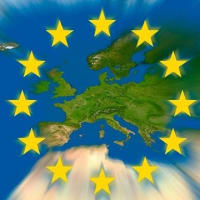
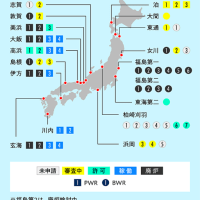

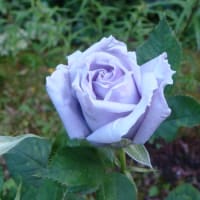
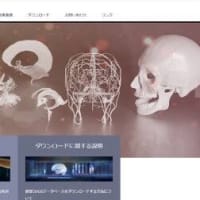

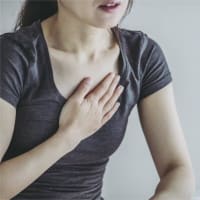


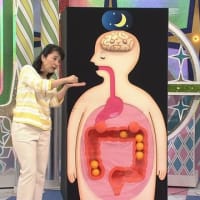
※コメント投稿者のブログIDはブログ作成者のみに通知されます